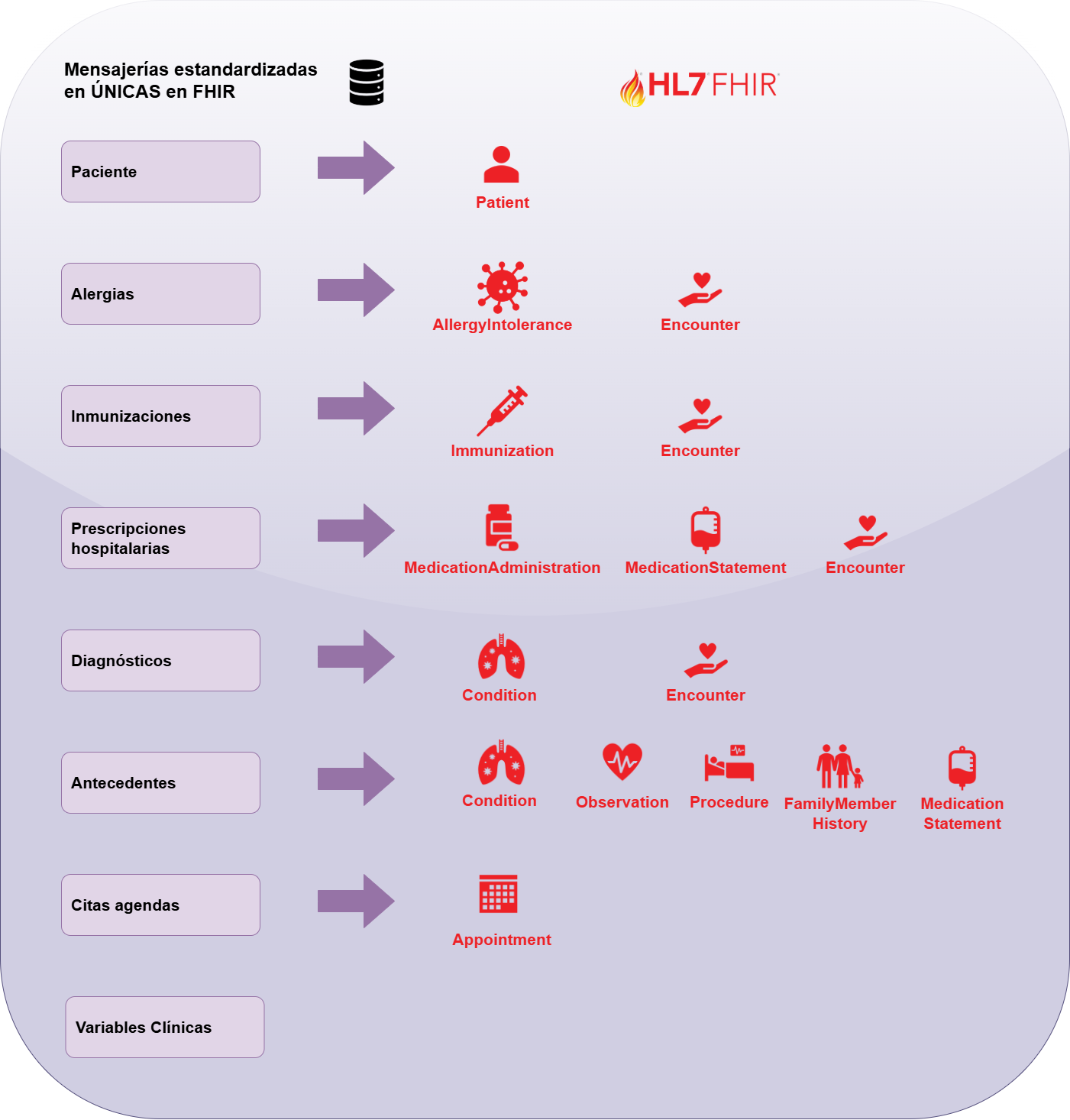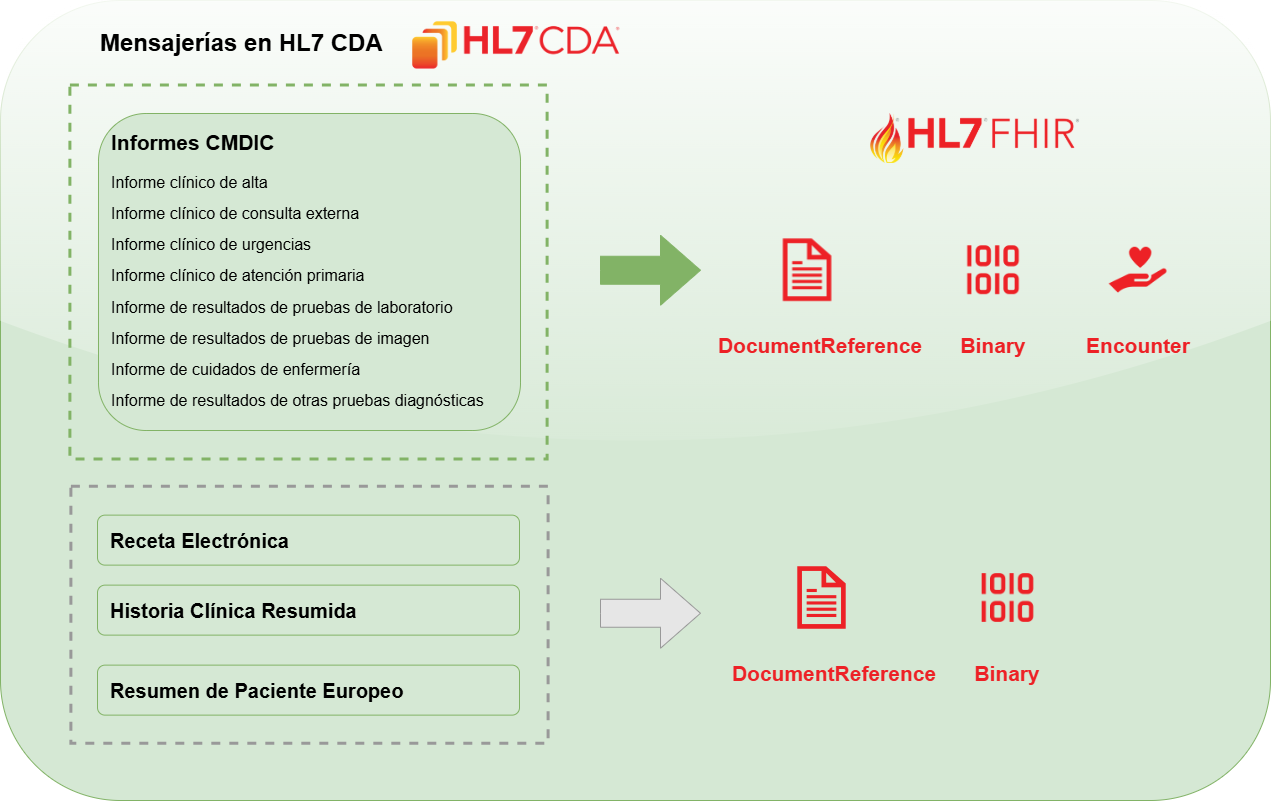InterSystems IRIS Data Platform is a comprehensive, multi-model, multi-workload data platform that is ideal for accommodating the challenging requirements of applications for the Internet of Things. It is a complete platform for developing, executing, and maintaining IoT applications in a single, consistent, unified environment. It features a distributed architecture to support massive data-ingest rates and data volumes, while providing the flexibility and durability of an enterprise-grade transactional multi-model database to ingest, process, and persist data from a wide range of devices in different formats. It features a complete set of integration, event-processing, and integrated analytics capabilities, including full SQL support and text processing, business process orchestration, and a standards-based development environment.
Connect to, ingest, and persist a wide range of disparate device data types and formats
The data types associated with IoT applications are often heterogeneous, as they may originate from various devices with diverse functions and manufactured by different vendors. The underlying data platform must be able to ingest and process a wide range of raw data types in their original formats. Many applications also require the data platform to persist all of the disparate source data to detect deviations from normal ranges, accommodate downstream ad hoc analytics, maintain regulatory compliance, and fulfill other purposes.
.png)
InterSystems IRIS makes it simple and straightforward to connect to any device, using any protocol, both to consume data from devices and to send data or instructions to devices. It provides a variety of capabilities to ensure inbound and outbound connectivity to any device or protocol. It includes a built-in adapter library that provides connectivity and data transformations for traditional industry standards, protocols, and technologies, such as REST, SOAP, HTTPS, and JMS, as well as newer, IoT-specific protocols, like MQTT. InterSystems IRIS also enables the rapid development of custom adapters (and associated business logic) by application developers to support virtually any device or environment.
InterSystems IRIS incorporates a proven enterprise-grade transactional multi-model database that is designed to work with data on a massive scale and provides the flexibility to store the incoming data in the most appropriate format, including:
- Schema-free document data models, which can be ideal for storing raw device data (temperature, speeds, etc.) and the associated metadata (timestamp, device ID, etc.) to provide maximum flexibility for performing downstream ad hoc analysis on the data
- Multi-dimensional arrays, which can be stored with any number of subscripts
- Relational data structures, for well-structured data types
- Object-oriented models, for complex data types. The data is described once in a single, integrated data dictionary and is available using object access, high-performance SQL, and multi-dimensional access, all of which can simultaneously access the same data.
Ingest, Process, and Persist Incoming Device Data at High Ingestion Rates
IoT applications must be able to handle massive amounts of data that are being continuously generated by devices, sometimes on the order of hundreds of thousands — or millions — of messages or transactions every second. Traditional databases were simply not designed to accommodate such high data-ingest rates. Consider that fewer than 10 million trades are executed on average each day on the Nasdaq stock exchange. In contrast, a typical smart energy meter application in a small to midsize city must ingest and process more than one billion transactions every day.
InterSystems IRIS is designed to handle incoming data at the extremely high data-ingest rates that are required in IoT environments, in an efficient and cost-effective manner. InterSystems has spent decades optimizing the performance and scalability of its technology to meet the stringent requirements and service-level agreements of its customers.
For example, the European Space Agency uses InterSystems technology to process very large amounts of satellite data at very high ingest rates. Running on one 8-core Intel 64-bit processor, its application ingests and stores five billion discrete Java objects of about 600 bytes each in 12 hours and 18 minutes, at an average insertion rate of 112,000 objects per second.
InterSystems IRIS supports high levels of concurrent access and very large data volumes. Horizontal scaling is available for both on-premise and cloud installations, providing customers with flexible deployment options. Horizontal scaling, where data is shared between nodes, is available via a highly optimized caching protocol that allows the sharing of data among nodes while preserving transactional functionality and integrity.
Integrate Disparate Data, Perform Sophisticated Analyses, and Execute Real-Time Automated Processes
The underlying technology platform must accommodate a range of analytics processing types on the complete, unsummarized historical data, and enable analysts and data scientists to identify correlations among the device data as well as external data sets. This allows the information gleaned from the analyses to be incorporated into real-time programmatic workflows to perform real-time business processes and critical just-in-time actions.
In addition, research has found that between 40 and 60 percent of the business value from IoT applications is gained from interoperability between various IoT applications and systems. Realizing this value requires strong composite application features, as well as strong integration capabilities to combine and correlate data from the different sources to unlock the potential insights that are hidden in disparate data sets.
InterSystems IRIS provides functionality for developing and executing queries and ad hoc analyses on the structured and unstructured data in the database, and it provides consistent, unified access to the data regardless of the object type. The query performance on complex object data structures is extremely fast — typically much faster than relational only databases. In addition to the inherent performance benefits of the multi-model database, bitmap indexing technology further speeds query performance on real-time data.
Analysts and data scientists are able to incorporate a wide range of analytics tools, including predictive modeling, machine learning, Apache Spark, and others, to identify patterns, trends, and correlations in the data sets. The resultant insights or algorithms can be incorporated into the real-time business processes using the graphical modeling environment, to initiate a process or action when specific criteria are met. InterSystems IRIS provides comprehensive capabilities for creating and managing real-time programmatic processes that execute close to the data, in the same engine as the database, for the fastest performance.
In addition, patterns and anomalies in the data can be detected in real time, and programmatic corrective actions, processes, and alerting can be initiated in response.
Key capabilities include:
- Messaging and event processing
- A business rules engine with a graphical modeling environment
- Business process orchestration and management
- An adaptable workflow engine that supports automated and human workflows
- Composite application development for use (and reuse) within InterSystems applications and with external applications
- Business activity monitoring, including graphical dashboards and alerts
- Real-time business intelligence, with drag-and-drop creation of data models, real-time dashboards, and the ability to act in real time on information in transactional applications
- End-to-end management, including real-time visibility into business processes and system performance
Agility
The technology platform must be agile and developer-friendly, enabling organizations to quickly develop and deploy new applications, and to easily iterate on the applications as requirements and business demands change.
InterSystems IRIS provides a single, unified environment for developing, executing, and maintaining IoT applications. As such, it eliminates the time and work required to learn, use, and integrate multiple disparate tools, products, and open-source projects.
It also provides a plug-in to the popular Eclipse integrated development environment, enabling rapid and open development of IoT applications.
Finally, InterSystems IRIS provides flexible deployment options, supporting both cloud and on-premise deployments.
Conclusion
The Internet of Things is creating unprecedented opportunities for organizations to transform their businesses. But traditional data management technologies and platforms are not equipped to handle the unique requirements, including the high throughput and scale associated with these kinds of applications.
InterSystems IRIS is a comprehensive, multi-model data platform that is ideal for IoT applications. It is a complete platform that provides critical capabilities required to develop, execute, and maintain high-performance IoT applications in a single, consistent, unified environment. It features a distributed architecture to support massive data ingest rates and volumes while providing the flexibility and persistence of an enterprise-grade transactional multi-model database to work with data from a wide range of devices in different formats. It provides a complete set of integration and event-processing capabilities; integrated analytics capabilities, including full SQL support and text processing capabilities; and a standards-based development environment.
InterSystems is the engine behind the world’s most important applications. In healthcare, finance, government, and other sectors where lives and livelihoods are at stake, InterSystems is the power behind what matters. Founded in 1978, InterSystems is a privately held company headquartered in Cambridge, Massachusetts (USA), with offices worldwide, and its software products are used daily by millions of people in more than 80 countries.
More articles on the subject:
Source: InterSystems IRIS Data Platform For IoT Applications

.png)


.png)
.png)
.png)
.png)
.png)
.png)
.png)